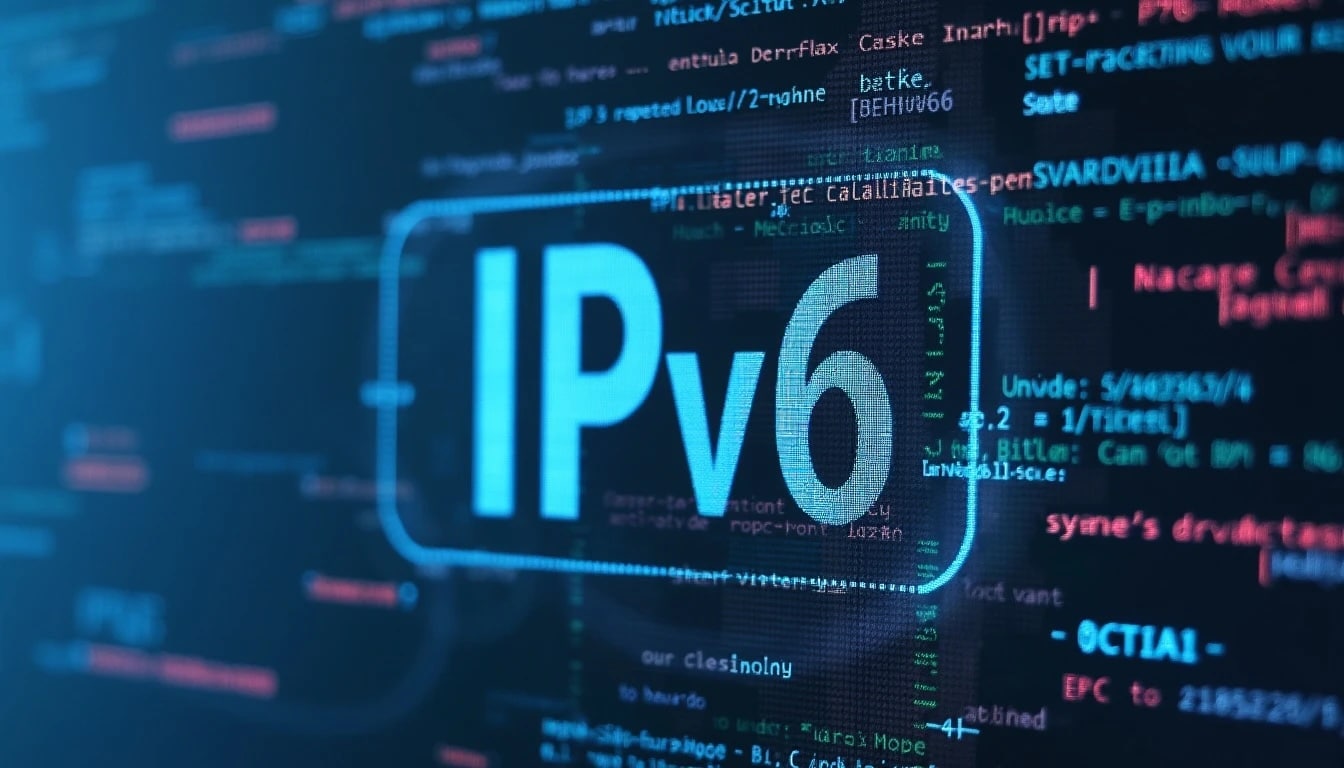In just one year, the number of countries where more than 50% of Internet connections use the IPv6 protocol has risen from 13 to 21. This quantitative leap marks a milestone in the modernization of global digital infrastructure and highlights the key role being played by new connectivity providers like Starlink, SpaceX’s satellite network.
The Case of Tuvalu: From 0% to 59% in Months
One of the most surprising examples comes from Tuvalu, a small island nation in the Pacific with fewer than 10,000 inhabitants. Until early 2025, its adoption of IPv6 was nonexistent. But the arrival of Starlink changed everything.
In a matter of months, Starlink became the country’s primary Internet provider, boasting an 88% market share, and skyrocketed IPv6 adoption to 59%. According to the organization APNIC, it is the only provider in Tuvalu that offers IPv6, making Starlink the exclusive engine of this technological transition.
The Phenomenon Expands to Latin America, Asia, and Europe
Tuvalu is not an isolated case. In the past 12 months, countries such as Brazil, Guatemala, Hungary, Japan, Mexico, Puerto Rico, and Sri Lanka have also crossed the 50% threshold in IPv6 usage. In some, like Japan or Puerto Rico, this represents a return after a brief setback. In others, like Brazil or Mexico, it marks their official entry into the "majority club."
Currently, India and France lead the world in IPv6 adoption, both with an impressive 73% penetration rate.
Why Is IPv6 So Important?
IPv6 is the natural evolution of the outdated IPv4, which has been the foundation of Internet communication since the 1980s. Its main limitation is the 4.3 billion unique addresses allowed by its 32-bit space, which are already insufficient given the exponential growth of connected devices.
IPv6 solves this bottleneck by using 128-bit addresses, capable of generating 340 sextillion unique addresses. This is enough for every connected object, from a smartphone to a smart toaster, to have its own address for decades.
But IPv6 not only expands the address space. It also improves performance, security, and network management:
- It includes IPsec for encrypted and authenticated communications by default.
- It facilitates self-configuration of devices without manual intervention.
- It eliminates the need for NAT (Network Address Translation), allowing for more direct and efficient point-to-point connectivity.
Starlink: IPv6 from Day One
Starlink’s role in this transition is particularly relevant. By operating with IPv6 by default, this satellite network has enabled traditionally underconnected or underserved regions to leap directly to the most modern standards without facing past limitations.
This is also being seen in regions of Africa and Southeast Asia, where Starlink’s presence is accelerating processes that would have taken years with traditional infrastructure.
An Inevitable Future: More Countries on the Way
According to the latest data from organizations such as Google, Facebook, Akamai, or APNIC, Thailand, Estonia, and the United Kingdom are on the verge of exceeding the 50% barrier. All signs indicate that in the coming quarters, more countries will join this new era of native IPv6 connectivity.
At a time when artificial intelligence, edge computing, and IoT devices demand faster, more secure, and scalable networks, the adoption of IPv6 is not just desirable: it is essential.
Source: techspot

